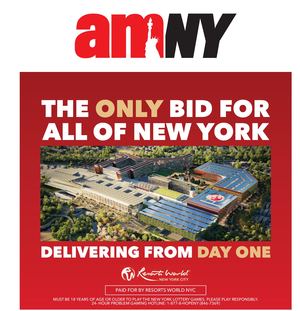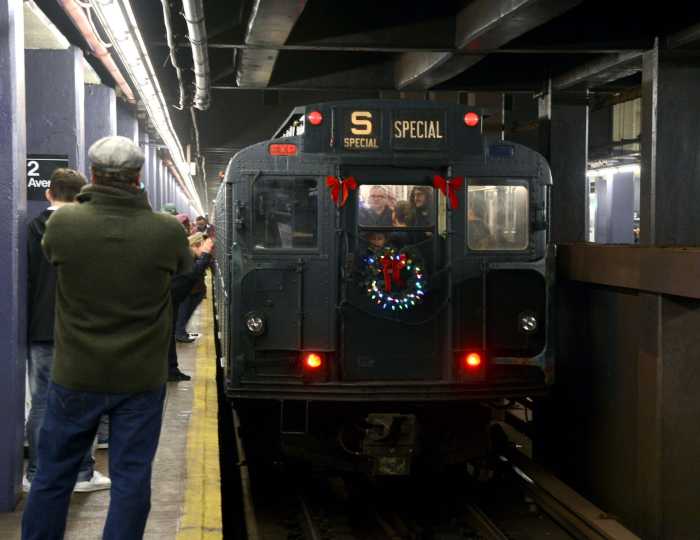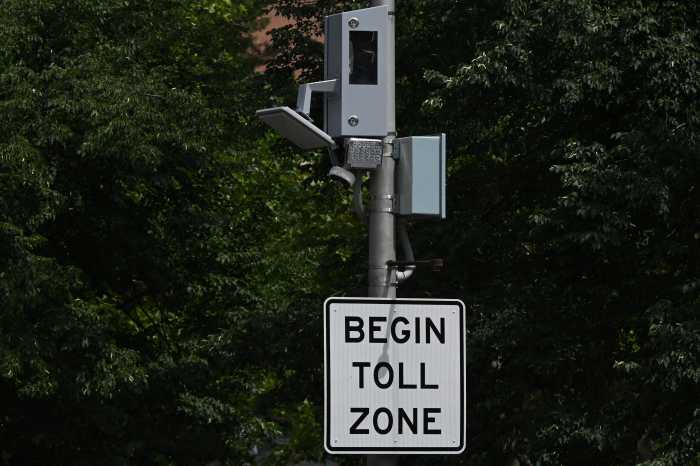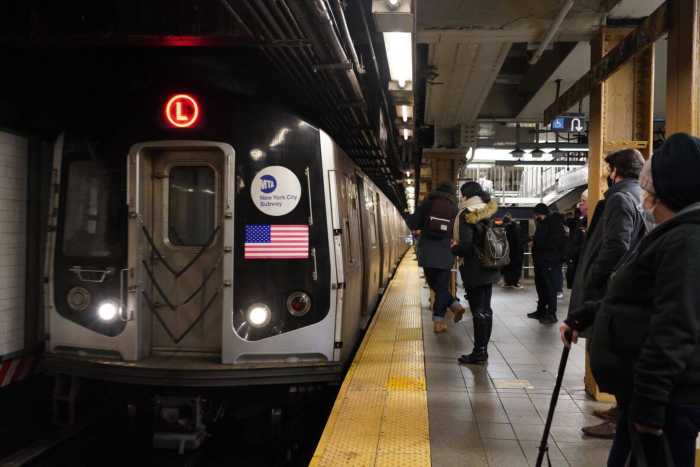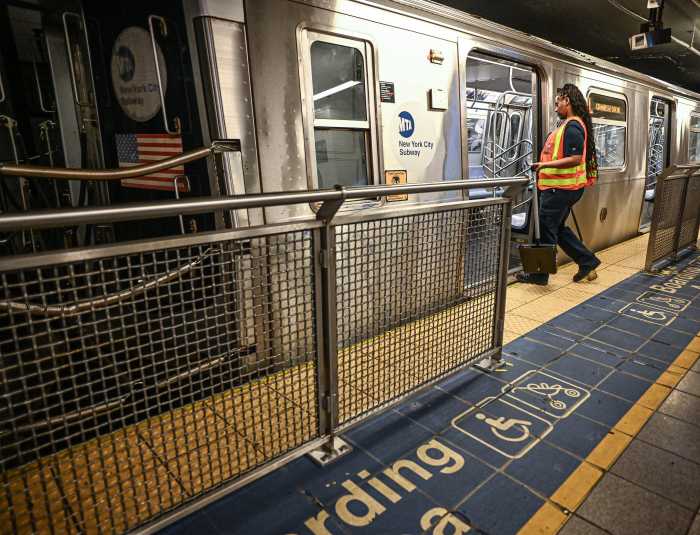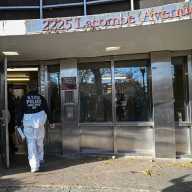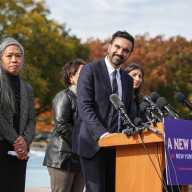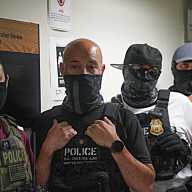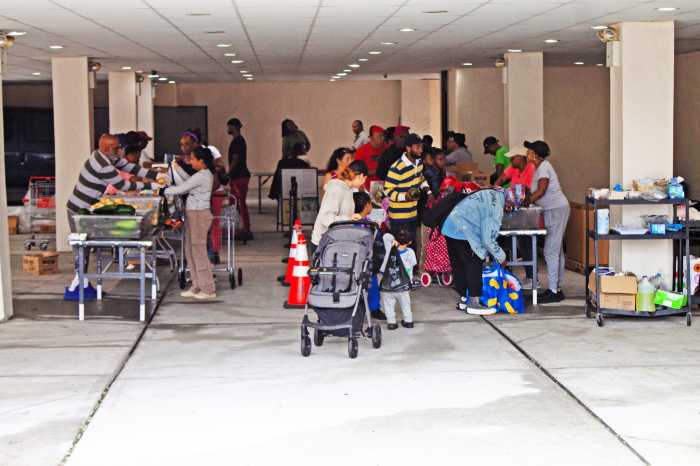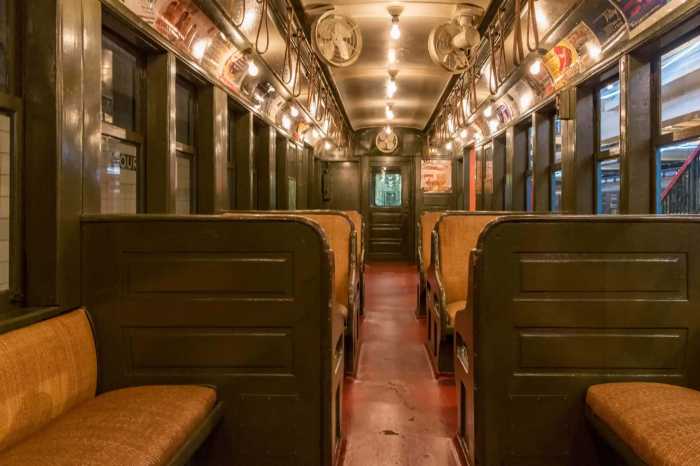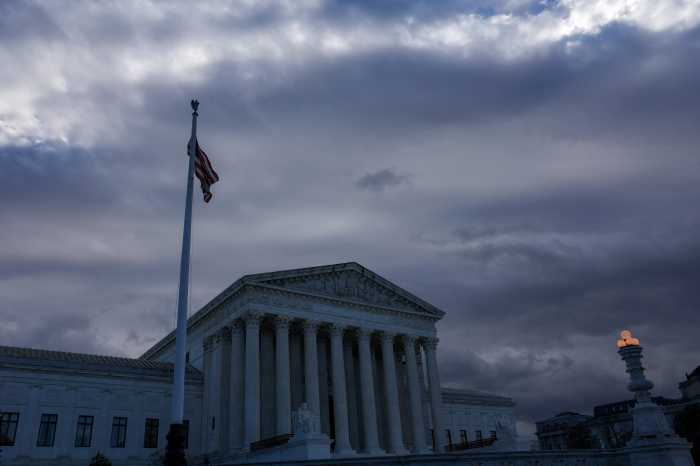The MTA is facing its biggest financial challenges in decades, according to State Comptroller Tom DiNapoli.
In addition to a full-fledged service crisis, the MTA is facing significant budget gaps thanks to dropping subway and bus ridership, rising health insurance costs for employees and retirees and increased borrowing for capital projects, DiNapoli outlined in an annual report published Thursday. Even if the MTA carries out its scheduled fare hikes next year and in 2021, the transit authority is facing an operating budget gap of $634 million in 2022. To help offset operating costs, the authority is planning a series of budget-saving moves for next year, including some customer service-related cuts.
“Our regional transit system is in crisis. Service has deteriorated on the city’s subways and buses, the Long Island Rail Road and Metro-North. Subway ridership has fallen notwithstanding the largest job expansion in New York City’s history,” DiNapoli said in a statement.
Advocates have pointed to the MTA’s struggles as a reason to find new revenue streams for the agency — perhaps through congestion pricing or a millionaire’s tax, or both. But hanging over the MTA’s miseries is a doubt that the authority could put new funding to good use. DiNapoli charged that the authority’s heralded Subway Action Plan, which tapped $836 million in taxpayer money to stabilize the subway system in the short-term, has led to “little improvement” in service over the past year.
“Despite an infusion of $836 million in state and city funds, there has been little improvement so far in subway service,” DiNapoli continued. “Riders are leaving the system in frustration and deserve better, especially considering the proposed increase in fares.”
Since 2010, on-time performance in the subways, which measures the percent of trains that reach their terminals within five minutes of their scheduled times, fell nearly 28 percent over the past seven years — from 87.7 percent in 2010 to 63.4 percent in 2017. The MTA has blamed its ancient and failing subway signal technology and believes new subway speed restrictions implemented in recent years to improve safety could also play a role, but the city’s buses and railroads have also been plagued with reliability issues.
The biggest risk for the MTA’s operating budget is likely the authority’s assumption that economic expansion will continue even though “the likelihood of an economic setback grows with each passing year,” according to the report. And the MTA expects subway ridership to increase next year even without significant service improvement, despite the fact that ridership has continued to trend down.
“We know these issues and the struggles riders are facing well – it’s why the MTA has new leadership, dramatic modernization plans, short-term blueprints for improving service, aggressive cost-containment initiatives and why we’ve been pleading for sustainable, reliable sources of funding," said MTA spokesman Jon Weinstein in a statement. "These issue are well documented and it’s exactly why we’re focused on solutions, which is all we’re focused on every minute of every day.”
For its part, the MTA has planned for budget reductions valued at $539 million in 2019. So far, $210 million of those reductions have been identified, some of which will directly impact customer service through the elimination of 489 positions at the agency, DiNapoli said.
The MTA will plan fewer car cleanings and reduce night staffing at select stations; close eight full-time and four part-time subway booths; extend bus maintenance schedules; reduce manual track inspections from twice to once a week, while increasing video track inspections; postpone new Select Bus Service routes until 2021; eliminate elevator operators at its 191st Street subway station; and reduce Staten Island bus service to the Staten Island to once per hour — even though the ferry runs every 30 minutes at that time.
Advocates and officials agree that the city’s success depends on a reliable subway system, but funding fights persist anyway. Danny Pearlstein, of the Riders Alliance, said the report highlights that the “governor and (state) legislature must step up in a way we haven’t seen in a generation” to find new funding for the MTA to support the authority’s Fast Forward plan, a roughly $40 billion, 10-year blueprint unveiled in May to modernize subway, bus and paratransit service.
“What we need is a modernization plan, and what we finally have in Fast Forward is a modernization plan,” Pearlstein said. “The MTA has new leadership. It has a plan where it didn’t have one before and, frankly, millions of New Yorkers are depending on that plan.”
NYC Transit President Andy Byford has made streamlining the MTA’s bureaucracy a key priority since joining the authority in January. But longstanding damaged credibility and management questions at the MTA could make that funding fight harder. DiNapoli’s report said it “remains to be seen” if the MTA could properly manage Fast Forward if it is properly funded through the authority’s next five-year capital plan. The MTA has still allocated less than 80 percent of the resources in its last three capital plans. The 2005-2009 capital plan is still only 83 percent complete, according to the report.
And even with an agreement among lawmakers to more robustly fund the MTA, the budget gaps make securing the needed Fast Forward funds all the more difficult. Much of the funding generated through tolls from a congestion pricing plan Cuomo is seeking could be swallowed up by the MTA’s current operating budget holes, noted Nicole Gelinas, a senior fellow at the think tank Manhattan Institute.
“The MTA needs another revenue source just to fund its day-to-day operating budget,” Gelinas said. “A good deal of congestion pricing is already spoken for with these widening operating deficits. And so you’re really looking at them needing several new revenue sources.”
Gelinas said it is imperative to tackle growing health care costs, which now account for 13 percent of MTA spending — almost as much as it spends on debt service.
“They need to experiment with better ways to deliver health care, but they haven’t even gotten to that stuff yet,” she said.
MTA’s operating spending:
–Payroll: 33 percent (roughly $5.5 billion)
–Non-labor: 22 percent (roughly $4 billion)
–Debt service: 16 percent (roughly $2.7 billion
–Health & welfare: 13 percent (roughly $2.1 billion)
–Pensions: 8 percent ($1.3 billion)
–Overtime: 5 percent (roughly $813 million)
–Other labor costs: 3 percent ($455 million)
